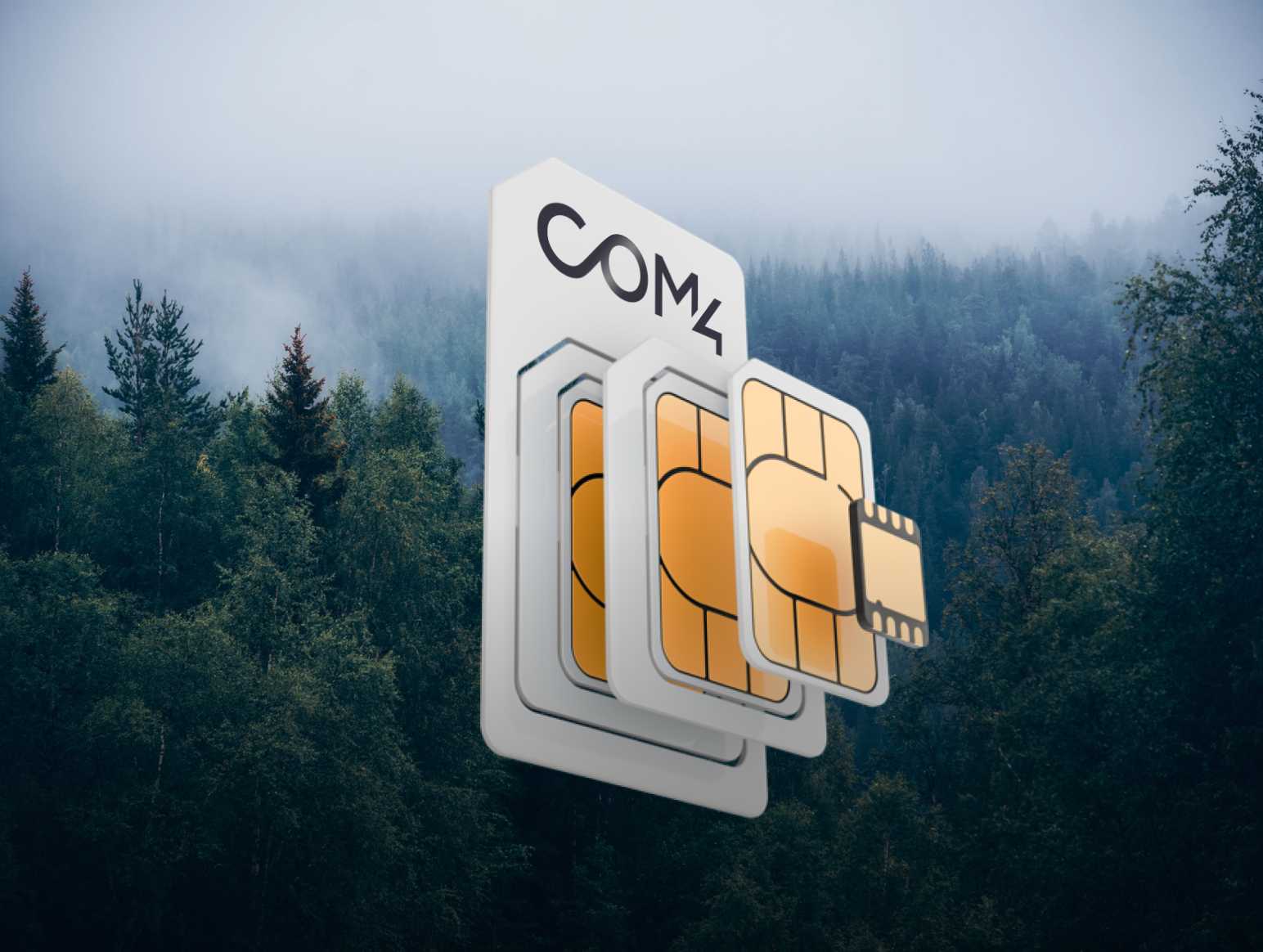-
Products and Services
- Services
- Products
- Technologies
- Industries

- Case Studies
- Pricing
- Resources
- About us
- Contact
- Portal Login

Delivering high data speed and reliable connectivity
LTE-M is an efficient and reliable communication technology that provides low power consumption, wide coverage, high reliability, security, and cost-effectiveness.
It is an ideal choice for companies looking to connect large numbers of IoT devices in a cost-effective and secure manner.
Enhance operational efficiency, reduce costs, and enable new revenue streams with LTE-M
LTE-M (Long-Term Evolution for Machines) is a low-power, wide-area network (LPWAN) technology designed to provide efficient and reliable communication for the Internet of Things (IoT) devices. It offers several benefits that make it an ideal choice for connecting a variety of devices.
Benefits
Low power consumption
LTE-M has been specifically designed to support devices with low power consumption requirements, such as sensors and trackers. It utilizes power-saving modes, which enable devices to remain in a sleep state for extended periods while still receiving incoming messages. This means that devices can operate for years on a single battery charge, making them ideal for remote and hard-to-reach locations.
Wide coverage
LTE-M can provide coverage over a larger area than traditional cellular networks. It can penetrate walls and other obstacles, making it suitable for underground and indoor locations. This means that LTE-M can connect devices located in remote areas, such as agricultural fields or oil rigs, where other communication technologies may not be practical.
High reliability
LTE-M offers the advantage of cell-to-cell roaming, providing improved functionality for mobile applications. Moreover, it exhibits enhanced signal penetration capabilities, particularly beneficial for deployments in indoor or underground environments.
Security
LTE-M provides a secure communication channel between the device and the network. It builds on modern security from LTE based cellular networks, making it suitable for applications that require a high level of security, such as financial transactions or healthcare applications.
Cost-effective
LTE-M is a cost-effective solution for connecting IoT devices. It requires less infrastructure and equipment than other communication technologies, making it a more affordable option for companies deploying large-scale IoT networks.

Logisitics
LTE-M is an ideal choice for mobile asset tracking as it enables IoT devices to actively track across different regions while running on battery power. This is made possible by LTE-M's low-power capabilities, which ensure that devices can remain in a sleep state while still receiving incoming messages.

Smart Cities
LTE-M is a versatile communication technology that supports a wide range of IoT applications, including car park sensors, smart street lighting, traffic monitoring cameras and sensors, and outdoor air-quality monitoring. These applications benefit from LTE-M's low-power, wide-area coverage, and high reliability, making it a reliable and efficient choice for managing and monitoring assets in real-time.

Industry & Manufacturing
IoT devices play a critical role in enhancing the safety and efficiency of industrial production. By leveraging sensors, companies can monitor dangerous liquids and gases in tanks, ensuring that the correct levels, temperature, and pressure are maintained. This helps to minimize the risk of accidents and optimize production processes, leading to improved operational efficiency and reduced costs.
.png?width=1280&height=720&name=Untitled%20design%20(9).png)

Talk to an IoT Expert
Contact us to learn more about the benefits of LTM-E and how Com4 can help you deploying your IoT devices using this revolutionary technology
Resources
Stay Connected with the Latest in IoT Connectivity Solutions
.png)
IoT in Retail: Transforming the Retail Industry with IoT
Today, retailers are harnessing cutting-edge technologies like cloud computing, mobile devices,...

M2M SIM Cards Explained: Types, Benefits and Use Cases
In this blog article, we will explore the world of M2M SIM cards, shedding light on their generic...

Aerial IoT in Action: Powering Drones & UAVs with Cellular
What started as a defense innovation has rapidly evolved into one of the fastest-growing IoT...
 CASE STUDY
CASE STUDY